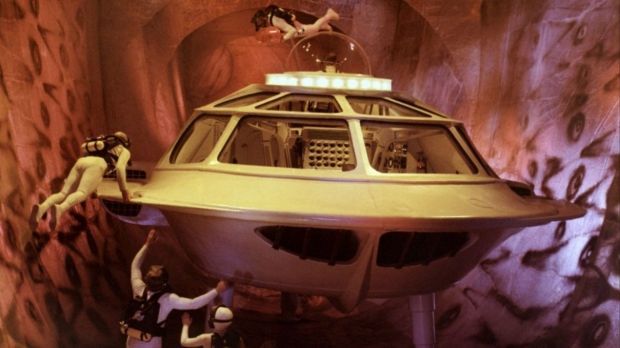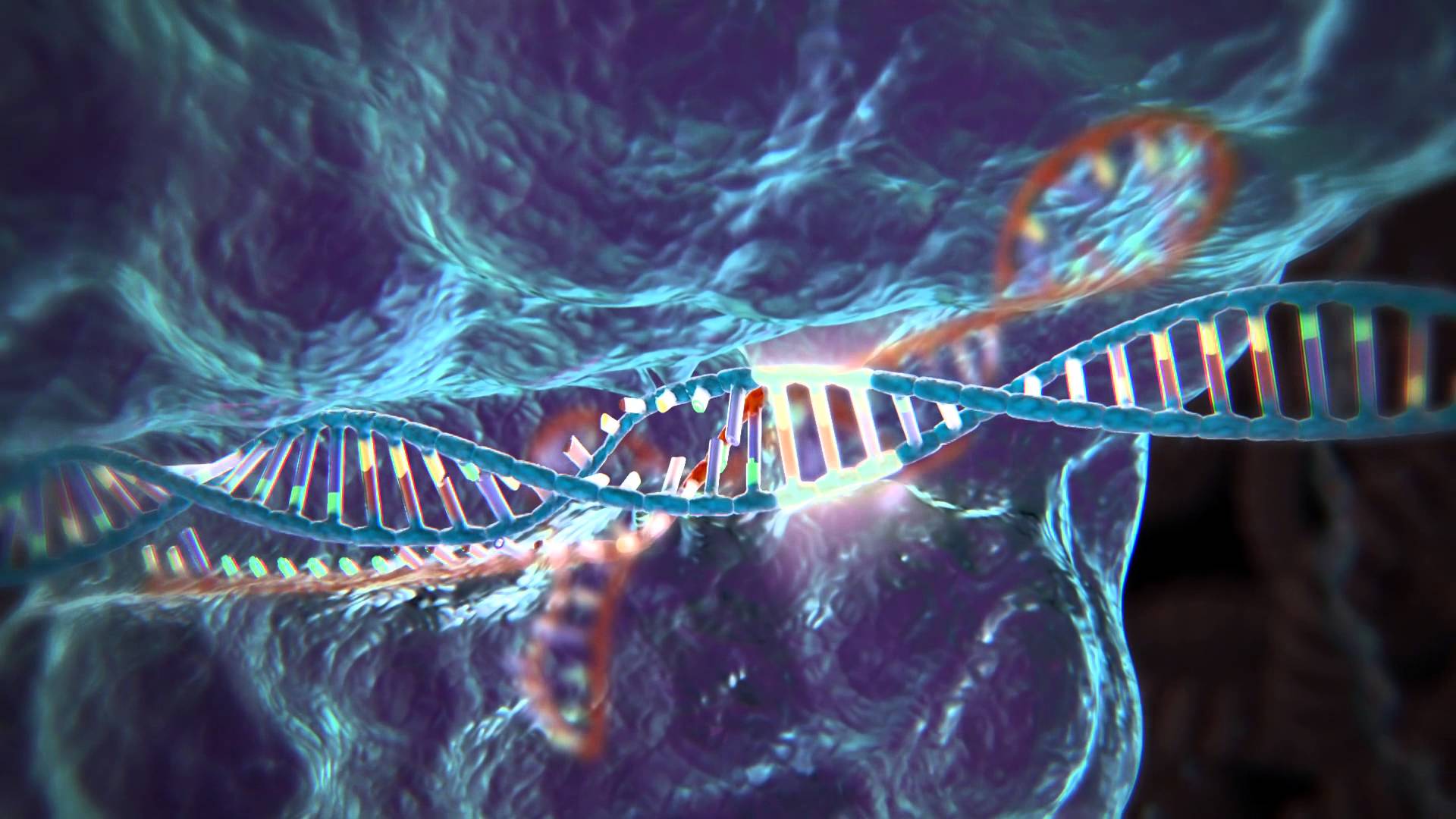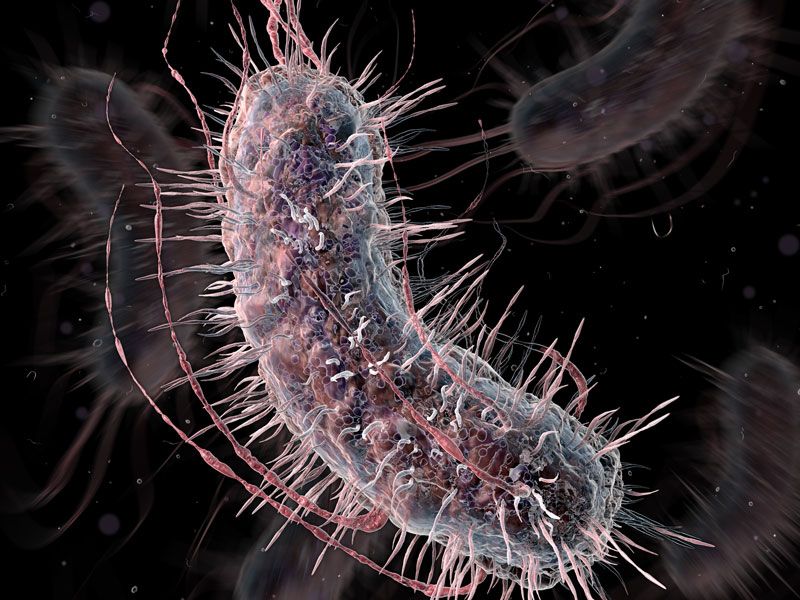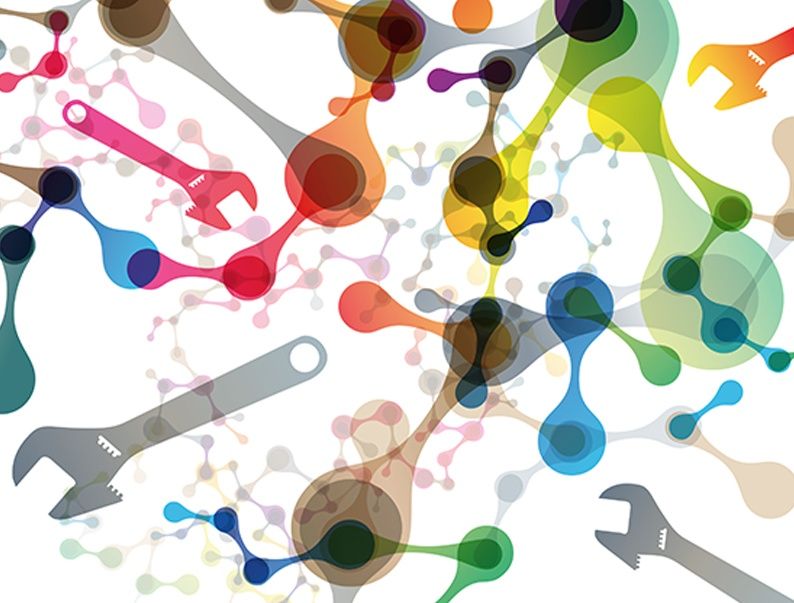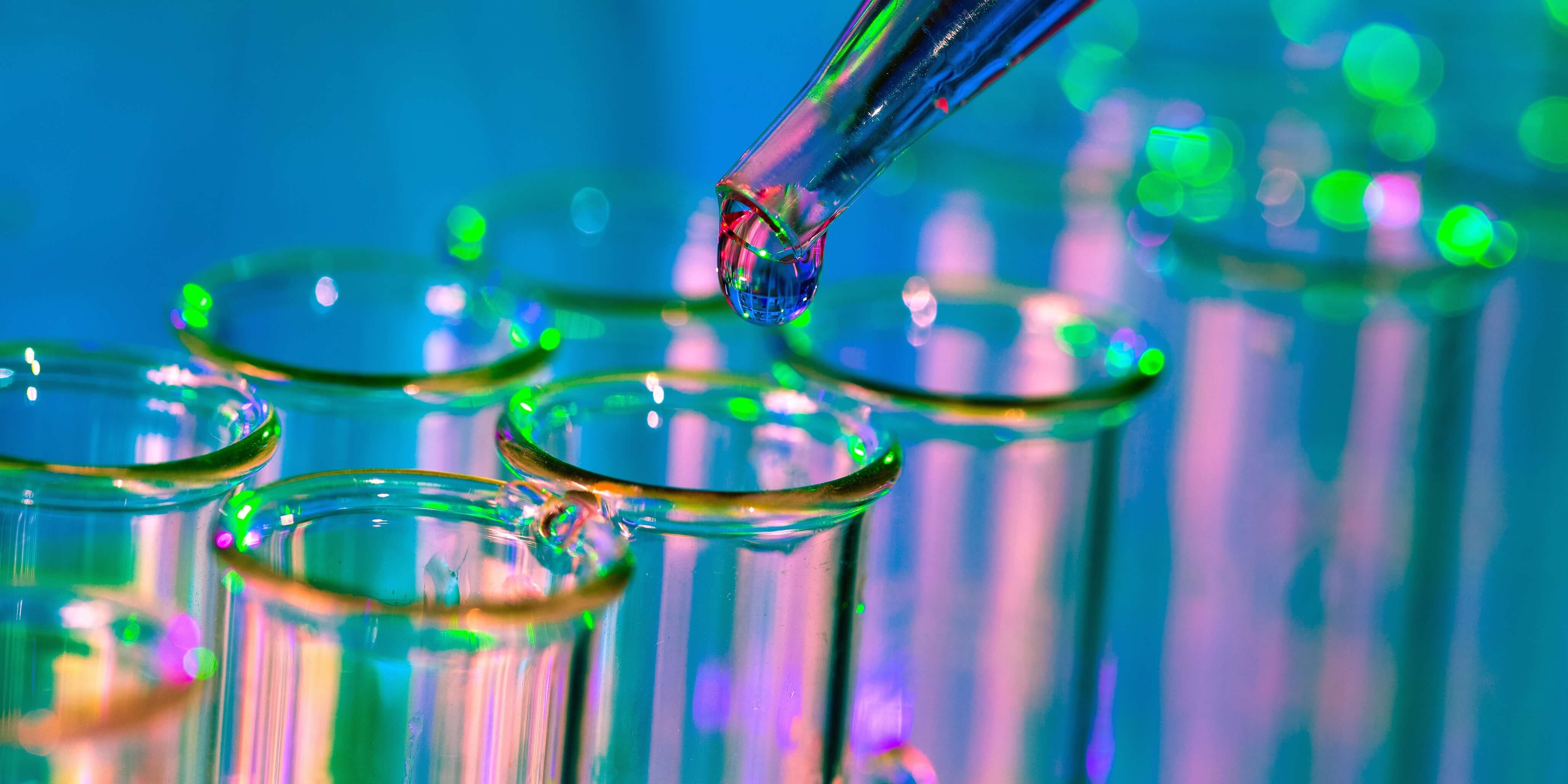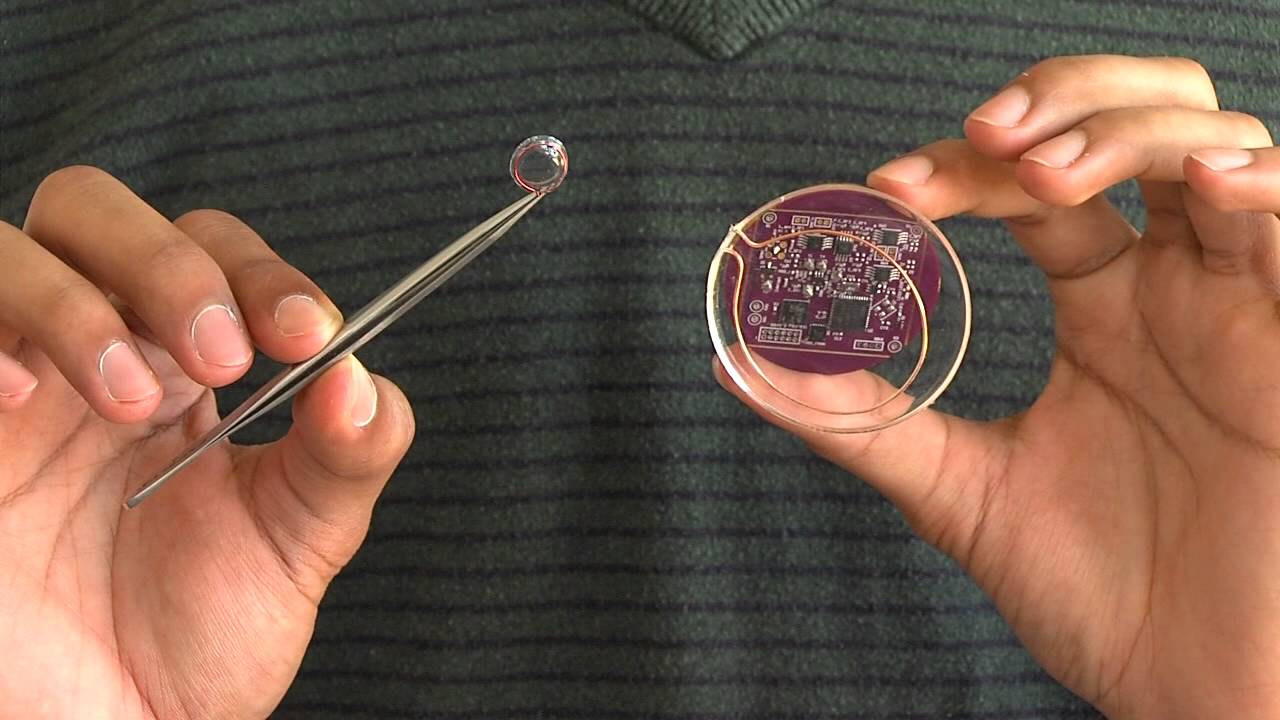Rebirth of the 1960s cult classic “Fantastic Voyage”; however, this time its not a movie.
When asked what exactly a “nano submarine” was, University of California San Diego chair of nanoengineering professor Joseph Wang described it as like something taken from the 1966 film Fantastic Voyage, where medical personnel board a submarine were shrunk to microscopic size to travel through the bloodstream of a wounded diplomat and save his life.
Professor Wang said his team was getting closer to the goal of using nano submarines in a variety of ways, minus the shrunken humans and sabotage of the 1966 film.
“It’s like the Fantastic Voyage movie, where you want to improve therapeutic and diagnostic abilities through proper timing and proper location to improve efficiency,” he said.
